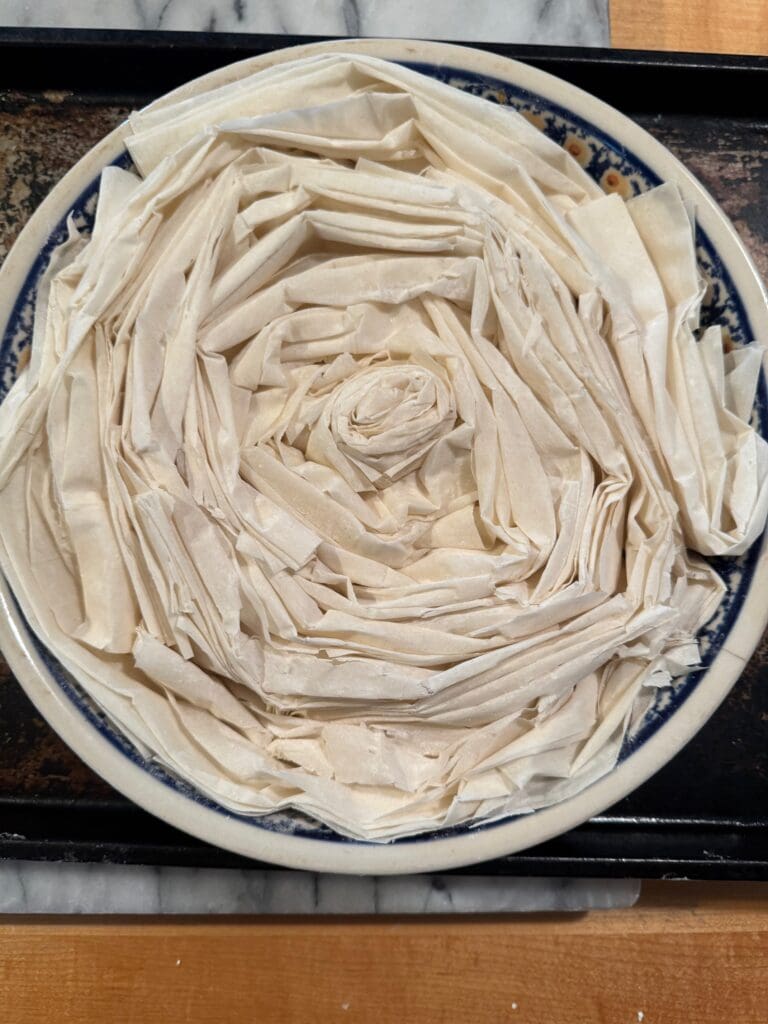GOAT CHEESE AND DRIED FRUIT DIP
It’s always good to have a great hors d’oeuvre to set out while people begin to gather. This has proven to be a great crowd pleaser and I can just set it out and forget about it. You can even make most of it a day ahead and just leave the baking part for right before you want to serve it. It’s perfect for a special occasion!
INGREDIENTS (serves 8)
1 ½ lbs goat cheese
6 dried figs, sliced
6 dried dates, sliced
6 apricots, sliced
¼ cup medium-sweet sherry
¼ cup Cointreau or Grand Marnier
¼ cup olive oil
2 large Vidalia onions, thinly sliced
8 garlic cloves, minced
½ teaspoon red pepper flakes
1 rosemary sprig
salt and pepper to taste
Sliced baguettes or crackers for serving
PREPARATION
Preheat oven to 350F.
In a 2” deep baking pan or casserole dish, crumble the goat cheese so that it covers the bottom of the dish evenly.
Combine the dried fruits, sherry, and Cointreau in a small pot. Add water just to cover the fruit. Bring to a simmer, then turn off heat and let steep for 30 minutes.
Heat the oil in a large skillet on medium-low. Add and combine the onions. Sauté until caramelized—about 10 minutes, tossing the onions every few minutes. Add the garlic, red pepper flakes, rosemary, salt and pepper and continue to sauté for an additional 5 minutes. If the onions start to burn, add a teaspoon or two of water and/or lower the heat. You want the onions browned, but not burnt. Allow to cool.
Strain the dried fruits and reserve the liquid for other uses. (The liquid is great in salad dressings.)
Remove and discard the rosemary sprig from the onion mixture. Layer the onion mixture on top of the goat cheese. Layer the fruits on top of the onion mixture.
Bake for 20 minutes.
Remove and serve with sliced baguettes or crackers.
